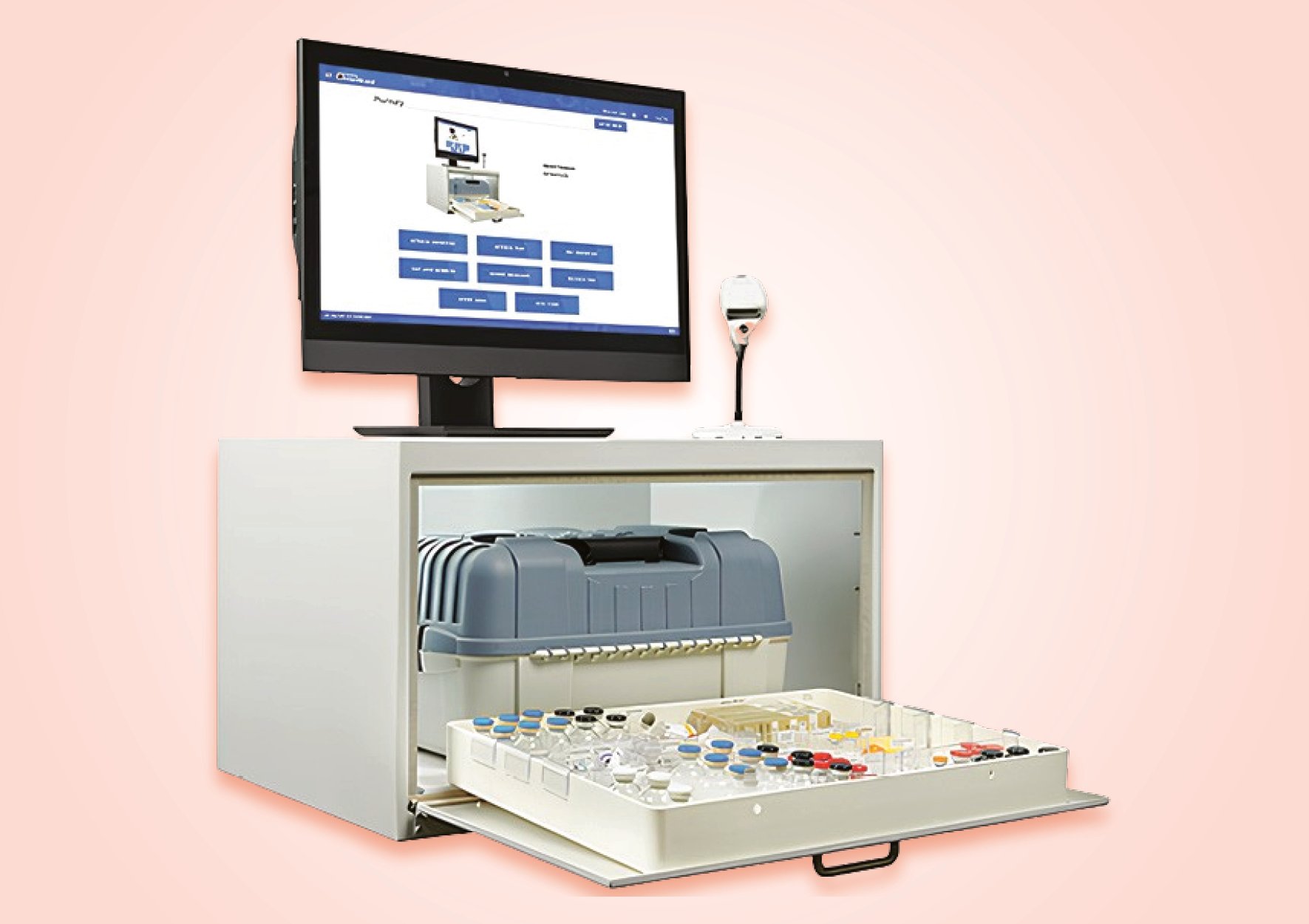- Show Menu
- Contact Us
- FAQs
- Reader Service
- Survey Data
- Survey Winners
- Testimonials
- Upcoming Events
- Webinars
- White Papers
Building Charge on Administration into BCMA
When Evergreen Healthcare first implemented bar code medication administration (BCMA) and charge on administration in December 2007, we found that these tools allowed us to begin resolving several common systems difficulties. Located in Kirkland, Washington, our facility includes nine primary care clinics, a hospice, an external ED, surgery center, and a 250-bed community hospital.
Prior to charge on administration implementation, our staff was spending an enormous amount of time crediting medications back to patients’ accounts. Because the charge on dispense model was so inefficient, it was not uncommon for dropped charges to be ignored, leaving the accuracy of the charge credit process very much in question.
Moving to a Charge on Administration Model
By switching to the charge on administration process, we simplified the billing process and reduced the need to credit a patient’s account for medications that were dispensed but not administered. Given that this scenario occurs daily, this change significantly increased staff efficiency. Charge on administration ensures that patients are billed only for medications that they actually receive; thus, creating billing credits and employing charge audits occurs far less frequently. Drugs that do require returns can generally be returned directly to stock, and bar coding reduces the risk that they could be shelved incorrectly.
The data collected following the charge on administration approach is also much cleaner than our previous method. This creates a transparent audit process so that when questions arise about a patient’s bill, we are able to access a complete record of all drugs administered. We can respond to any query with a high level of confidence.
The implementation of BCMA and charge on administration also has enabled us to easily track and compile valuable data and create useful reports that detail volume of product administered, medication errors, and administration times. It is possible to examine this data at the individual nurse level to determine scanning percentages, and then work with staff members who exhibit suboptimal scanning rates to ensure that they use the tool consistently to avoid errors, capture revenue, and protect patients.
Ensuring Standardization
In preparation for implementing BCMA and charge on administration, we needed to change our process to ensure that no medication would reach the floor without a bar code. Because of frequent shortages, continually changing products is a regular occurrence. The challenge is in ensuring that all of these substitutions are properly bar coded and are recognized by our system. We do not permit any medication to leave the pharmacy until it has been scanned to ensure the bar code is recognized by the system.
Establishing standards for specific dosage forms is also important. In the past, we could send two 25-mg tablets to the floor in place of a single 50-mg tablet and let the nurse figure it out. Now, however, scanned medications must match NDC numbers and number of tablets entered by the pharmacist or physician to ensure the product is appropriately recognized and recorded. For products with several dosage strengths, this requires a thorough review of current usage patterns to establish the preferred dosage(s) on formulary. All order forms—electronic or otherwise—must reflect the formulary decisions. It has certainly become more complicated to manage the ordering process; nevertheless, it is highly gratifying that an efficient scanning method can deliver such a thorough, standardized, accurate process.
Auditing
While formal charge audits are not conducted at specific intervals, our facility has a list of 100 high-cost medications that are flagged in the system when ordered, and these items are routinely audited by a member of the pharmacy IT staff for cost accuracy. Audits also occur quarterly after updates are made to our formulary; these changes are reviewed and any price discrepancies due to incorrect unit matches are rectified. Pharmacists can see the charge when verifying physician orders, and flag any pricing anomalies they discover in the process, which are then adjusted. Patients occasionally ask questions about medication costs on their bills, presenting an additional opportunity to check and correct system pricing.
Nurse Training
An unexpected benefit of moving to charge on administration was an increase in nursing scan rates. Nurses appreciate that they do not have to chart or charge manually when bedside scanning is available. Furthermore, in scanning training, we emphasize that without the bedside scan, the hospital loses revenue, which motivates nurses to scan consistently. If your budget permits, ongoing or quarterly training should be organized to reinforce scanning adherence for the nursing staff.
Challenges
Technology challenges are frequent when implementing BCMA and charge on administration. Wireless networks may not be sufficient to handle the increase in wireless traffic, and as a result nurses may experience difficulties in scanning and administering medications at the bedside, which could lead to the use of potentially unsafe workarounds. Installing a computer and tethered scanner in patient rooms improved nurses’ ability to consistently scan and administer medications and has improved confidence in the scanning system, thereby creating a safer environment for patients. In our facility, another challenge occurs when patients temporarily transfer to a unit or department that does not scan medications. Staff must be provided with the flexibility to shift from charge on administration to charge on dispense when charging and charting if medications are administered in a department that does not utilize scanners.
Future Directions
Although most departments at Evergreen Healthcare now benefit from these new systems, plans for the near future include rolling out BCMA and charge on administration in our diagnostic imaging, outpatient infusion, and surgery centers. This will give us confidence in our charging accuracy system-wide.
Robert Blanchard, RPH, MBA, serves as the pharmacy director at Evergreen Hospital Medical Center. He received a BS in Pharmacy from the University of Washington and an MBA in Healthcare Administration from the City University of Seattle.
Like what you've read? Please log in or create a free account to enjoy more of what www.pppmag.com has to offer.








